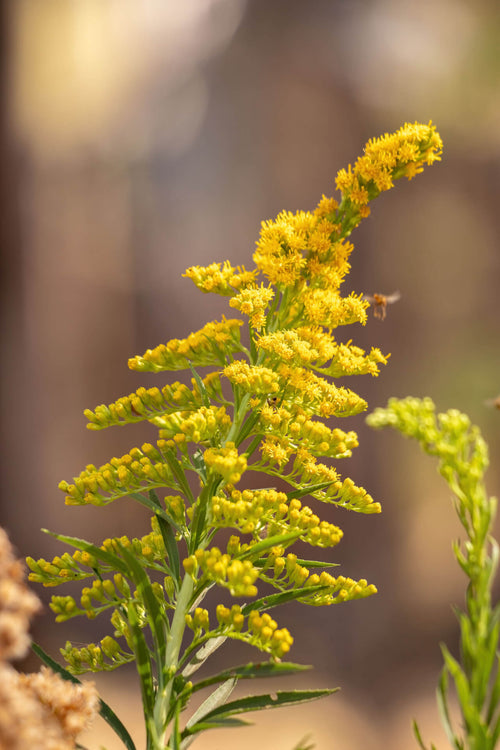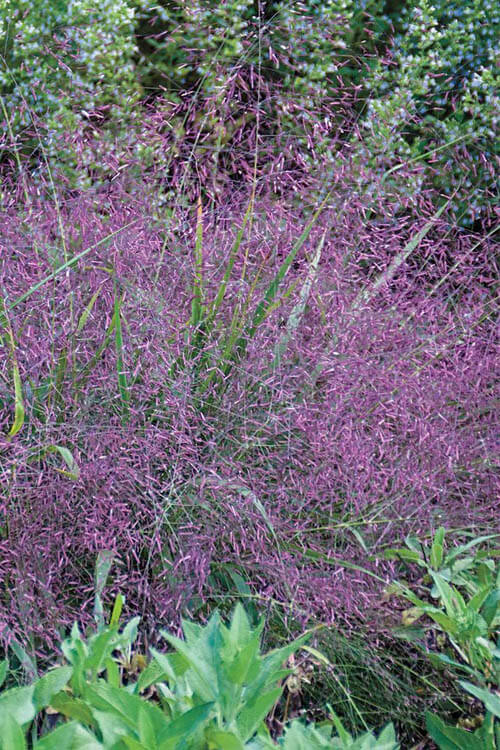Seasonal Flowers in September: A Burst of Color and Beauty
As the summer sun begins to wane and the days grow shorter, September marks the process from summer's warmth to autumn's crispness. This changing of the seasons is reflected in the world of flora, with a unique selection of flowers coming into bloom this month. Whether you're a gardening enthusiast looking to brighten your outdoor space or want to adorn your home with fresh, seasonal colors, September offers many choices.
This comprehensive guide will explore many of the most enchanting and symbolic flowers that grace us with their presence in September.
Aster (Asteraceae family): The Aster, also known as the Michaelmas Daisy, is the birth flower for September. These dainty, star-shaped flowers come in various colors, including white, pink, purple, and blue. Asters are a symbol of love, patience, and elegance. Their name is derived from the Greek word "astron," meaning star, which aptly describes the shape of their petals. These perennials are beautiful and attract pollinators like butterflies, making them an excellent choice for gardens focused on supporting local ecosystems.
Chrysanthemum (Chrysanthemum spp.): Chrysanthemums, often called "mums," are a classic autumn flower. They come in various colors, including yellow, red, orange, and white, making them popular for fall-themed decorations and bouquets. In many cultures, chrysanthemums symbolize longevity, happiness, and joy. They are also associated with the Japanese Festival of Happiness, known as the "Choyo-no-Sekku," in September.
Dahlia (Dahlia spp.): Dahlias are known for their striking beauty and variety. They come in various colors, shapes, and sizes, from small pom-pom-like blooms to dinner-plate-sized flowers. Dahlias symbolize elegance, inner strength, and creativity. These versatile flowers are a favorite among gardeners and florists alike, as they can be used in a wide range of floral arrangements, from casual bouquets to formal centerpieces.
Goldenrod (Solidago spp.): Goldenrod is a wildflower that thrives in late summer and early fall, bringing a bright yellow color to fields and gardens. Contrary to popular belief, goldenrod is not a significant cause of hay fever; it's ragweed that triggers allergies during this season. Goldenrod is often associated with encouragement and positivity, making it an excellent choice for gift bouquets. Bees and other pollinators are also drawn to its nectar-rich flowers.
Zinnia (Zinnia spp.): Zinnias are cheerful, easy-to-grow annual flowers in various colors, including red, orange, pink, yellow, and white. They symbolize friendship and endurance, making them a thoughtful gift for friends and loved ones. Zinnias are a great addition to cutting gardens, as they produce abundant blooms that can be enjoyed indoors and outdoors.
Marigold (Tagetes spp.): Marigolds are vibrant, sunny flowers often associated with celebration and positive energy. They come in various shades of yellow and orange and are known for their strong, spicy fragrance. Marigolds are used in festivals and ceremonies in many cultures, including the Day of the Dead in Mexico. In gardens, marigolds are decorative and help deter pests due to their strong scent.
Autumn Crocus (Colchicum autumnale): It is a unique flower that blooms in the fall. It is characterized by its delicate purple or lavender petals and saffron-yellow stamens. However, it's important to note that this plant is toxic if ingested, so it should be grown cautiously, especially in gardens frequented by pets or children. Despite its toxicity, the Autumn Crocus is often associated with rebirth and new beginnings.
Russian Sage (Perovskia atriplicifolia): Russian Sage is a perennial shrub with silvery-gray foliage and delicate, lavender-blue spikes of flowers. It blooms in late summer and continues into September, making it a valuable addition to late-season gardens. In the language of flowers, it symbolizes wisdom and a calm disposition.
Japanese Anemone (Anemone hupehensis): Japanese Anemones, called Windflowers, are elegant perennials that bloom in late summer and early autumn. They feature delicate, cup-shaped flowers in shades of pink and white. Japanese Anemones are a symbol of anticipation and protection. These plants thrive in partial shade and add a touch of sophistication to shaded garden areas.
Cyclamen (Cyclamen spp.): Cyclamen is a charming, low-growing plant known for its distinctive, swept-back petals and marbled foliage. Cyclamen is a popular choice for indoor potted plants and can brighten up your home throughout the fall season.
Helenium (Helenium spp.): Helenium, commonly known as Sneezeweed, is a late-summer and early-fall bloomer with vibrant, daisy-like flowers in shades of red, orange, and yellow. Despite its common name, Helenium is not a cause of allergies. These cheerful flowers are often used in wildflower meadows and cottage gardens to attract pollinators like bees and butterflies.
Toad Lily (Tricyrtis spp.): Toad Lilies are a group of shade-loving perennials known for their unique and exotic-looking flowers. Late summer and early fall colors display orchid-like blooms in white, purple, and pink shades, often adorned with speckles or spots. Toad Lilies symbolize strength and resilience as they thrive in challenging growing conditions. In addition to their aesthetic appeal and symbolism, these September blooms offer several benefits to both gardeners and the environment:
- Support for Pollinators: Many of these flowers, such as asters, goldenrods, and zinnias, provide nectar and pollen for bees, butterflies, and other pollinators. Planting them in your garden can help support local ecosystems.
- Extended Blooming Season: By including September-blooming flowers in your garden, you can extend your outdoor space well into the fall, providing a colorful oasis as summer fades.
- Cut Flower Possibilities: Dahlias, zinnias, and chrysanthemums are excellent choices for cut flowers. You can create stunning floral arrangements to adorn your home or share with friends and family.
- Gardening Enjoyment: Growing these flowers can be a rewarding experience for gardeners, whether you're a seasoned enthusiast or just starting with a green thumb. Their unique colors and characteristics offer endless possibilities for creative garden design.
- Emotional Significance: The symbolism associated with these flowers can add depth and meaning to your floral gifts and decorations. Whether expressing love, friendship, or celebration, choosing the right flower can convey your sentiments effectively.
Conclusion:
September brings diverse seasonal flowers, each with unique beauty and symbolism. From the classic chrysanthemum to the delicate Aster and the exotic toad lily, these blooms add vibrancy and elegance to gardens, homes, and celebrations. Whether you're a gardener seeking to enhance your outdoor space or someone looking to brighten their surroundings, September's flowers offer a delightful and meaningful choice. So, embrace the changing seasons and make the most of these stunning September blooms to elevate your living spaces and connect with nature's ever-revolving cycle of beauty.



















































